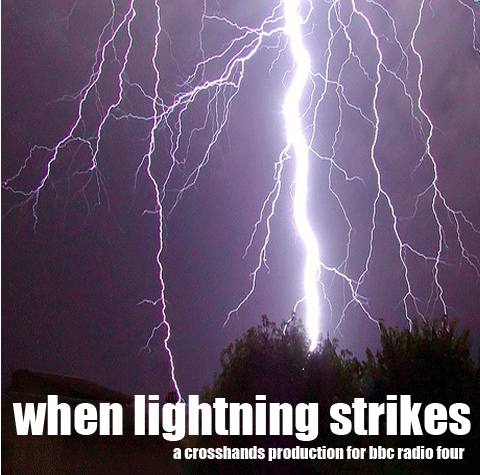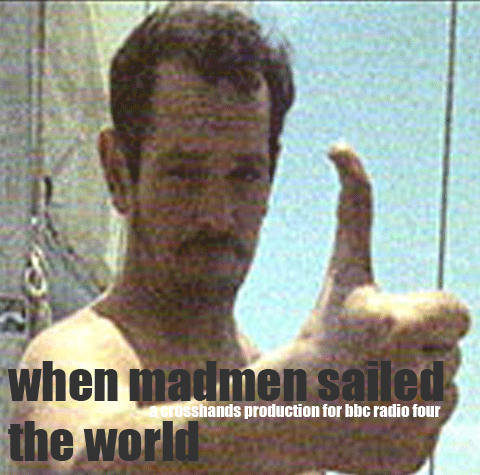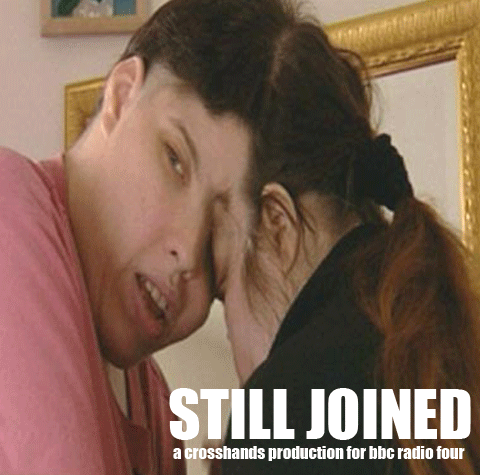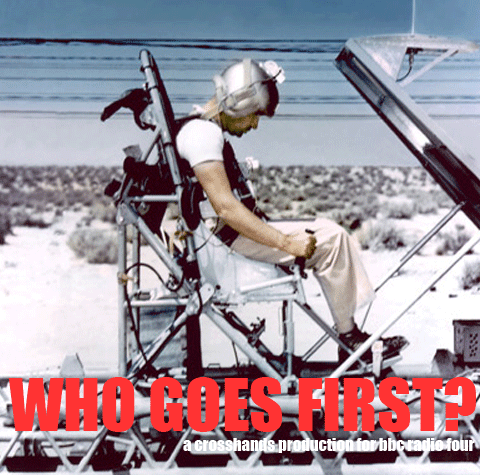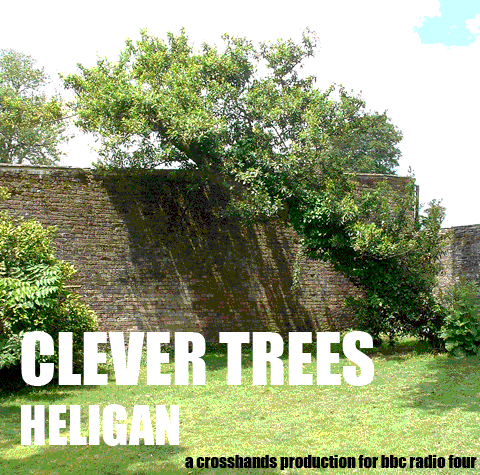I was one of the estimated 32 million customers affected by O2’s data outage. And like many of those customers I took to Twitter under the hash tag #O2down. But in my case not to criticise the company. No, I wanted to thank O2 for providing me with a crisis communications case study. There’s a lot, I believe, other organisations can learn from its approach – whatever sector they’re in: high tech, low tech; for profit, not-for-profit.
- Acknowledge there’s a problem as soon as it’s evident there is a problem. These days there’s nowhere to hide – especially for data companies like O2 whose very business model is information exchange.
- Monitor social media. For bigger organisations at least, keeping an eye on social is a great way of staying as close to the proverbial curve as possible (despite what others may tell you keeping ahead of it is nigh on impossible in crisis comms). In our always-on world (or nearly always on in O2’s case) the initial indication of trouble often comes from customers rather than from colleagues.
- Apologise. Saying sorry costs nothing. Not saying sorry costs a whole heap more in the long run. Saying sorry isn’t an admission of guilt. It’s a strength, not a weakness. And, contrary to popular belief, it won’t make a scrap of difference if or when it comes to litigation. In fact, damages are likely to be lower as a consequence of an early apology.
- Don’t blame. Nobody likes a snitch so blaming somebody else for your travails will only exacerbate the problem. In O2’s case it looks as if the problem was with expired software licences at one of its suppliers, Ericsson. So it might have been tempting for the company to say, in effect, “not our fault guv.” But I heard nobody from O2 say anything of the sort. That said O2 didn’t hide the fact that Ericsson was involved which leads on to my next point…
- Be open and honest. Don’t dissemble. Keep your “customers” (or other stakeholders) in the loop. Let them know what you know as you know it. And also let them know what you don’t know. I know this sounds suspiciously Rumsfeldian but there’s no shame in the early stages of a crisis not to have the complete picture. It’s the inevitable fog of war. There is shame, however, in holding back important information like the loss of sensitive customer data. You don’t want them to feel as if critical information has been dragged from you.
- Actions speak louder than words. Words are all very well but they can sound rather hollow if they’re not backed up with action. O2 apologised almost immediately (see point 3) but very quickly followed that up with an offer of compensation. Now that doesn’t just sound like sorry if feels like sorry too.
- Be generous. Most of O2’s customers lost only a day’s data. But they were offered two days worth of credit as a gesture of goodwill. That’s likely cost the company millions of pounds more than if it only made up for the actual loss. Now, it may yet recover the cost from Ericsson so you could argue it’s being generous with somebody else’s money. But nonetheless this goodwill will almost certainly be worth every penny. And while we’re on the subject, offer compensation (it doesn’t have to be financial) before it’s demanded.
- Get the tone right. It’s not just what you say but how you say it. Saying sorry through gritted teeth grates. So does telling people you’re being open an honest with them but with your arms folded firmly across your chest. Your verbal, para-verbal and non-verbal communication are pulling in different directions. Have some humility. Don’t be overly apologetic (it can sound insincere). But don’t be flippant either. O2 made sure its communication – digital and analogue – struck the right tone, walking the fine line between light (on social especially) and heavy. The outage was inconvenient for most, serious for some. But ultimately nobody died and the tone conveyed that.
- Don’t overpromise. It’d be crazy for O2 to tell us it won’t happen again. But the company made it clear it had learned from the situation conveying the more realistic and credible message that it’s less likely to happen again.
- Don’t under do the thanks. Thank your customers for their patience and understanding. Thank your staff for working hard to resolve the problem. Even thank your suppliers – even if they were to blame (see point 4)!
- Turn a negative into a PR positive. The episode will end up costing O2 and Ericsson millions. Giffgaff (one of the smaller providers affected) has made it easy for it’s customers to donate their compensation directly to charity. It won’t change the Giffgaff bill – its financial capital will decrease. But its social capital will increase. Smart move. Cost neutral. PR positive.
This post is also available as a podcast in ACM Training’s Five Minute Masterclass series. You can listen to the original there or below.
[powerpress]
If you’d like to join Richard at his next open, public, crisis communications workshop in either London or Manchester he’d love to see you. And as a follower of the ACM Training blog you can book your place for just £99 between now and December 31st – a Christmas saving of £80.
[product sku=”wpid=38″]

